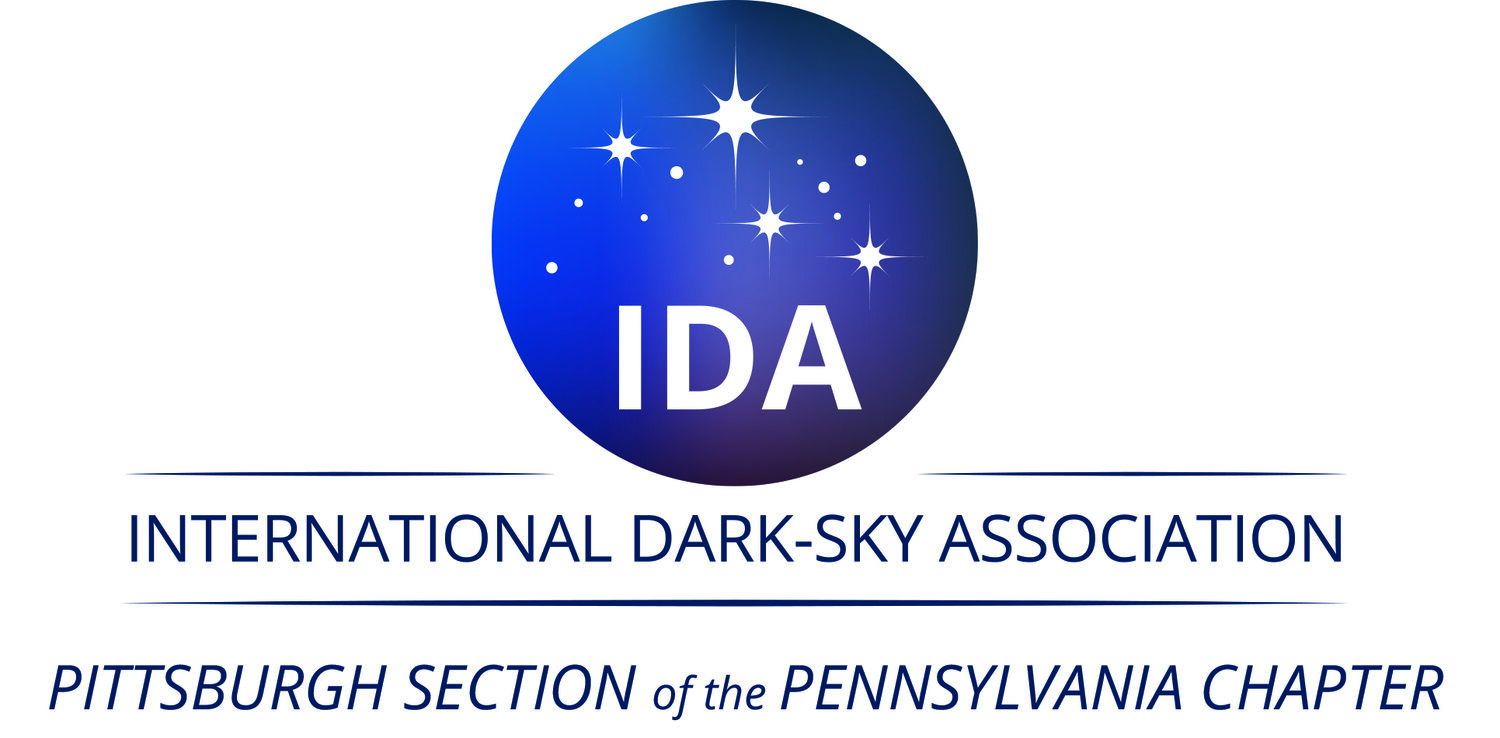Caito Amorose Interview
To Dance Among Starshine
“When we look at the stars, we’re looking at the past, into past cultures and civilizations that looked up at the same night sky.”
— Caito Amorose
By Maggie Liu
Caito Amorose, the Manager of Partnerships and Performances at The Frick Pittsburgh as well as a jewelry designer, seeks to engage and educate the public about light pollution through her work.
Accompanying her mountaineer husband, Caito Amorose has trekked in mountains all over the world, including the Andean, Atlas, and Himalayan Mountains, and seen countless dark skies. However, the place that left the most powerful impression on her was Moab, Utah. While on an impulsive road trip during the pandemic, Caito and her husband held their tenth wedding anniversary at Island in the Sky in Canyonlands National Park and below the arches in Arches National Park, choosing to renew their vows under the starry sky.
In that moment, standing underneath the famous arch and looking up at the twinkling stars while renewing her vows, Caito was overwhelmed with emotion. She felt small and humbled by the vast universe. “I don’t think it would have been more crazy, memorable, romantic, and wonder-filled than that, if we had planned it!” she says. “I felt so lucky and hope that everyone can look up and feel that same way with someone of importance in their life.”
Caito and her husband’s vow renewal in Arches National Park. They reach out to each other, lights in the dark, as a shooting star glides past in the dark and starry sky behind them. (Brittney Couture Photography; courtesy of Caito Amorose)
Caito realized that this sky in Utah was the first truly dark sky that she’d seen in the United States. A Pittsburgh native, Caito had always been fascinated with the stars—her second ear piercings, in fact, were a small diamond star and crescent moon. However, growing up in the city, it was nearly impossible to see a dark sky, and the problem has only worsened with time. Caito currently lives in McKeesport, a town with a high number of crime-related incidents, and says that the “safety spotlights” that her neighbors turn on at night both contributes to light pollution and disrupts her sleep. However, it has been proven that brighter lights do not, in fact, prevent crime, so Caito read guides published by the International Dark Sky Association on how to speak to her neighbors about this issue. “If children and adults have education about this topic,” she asks, comparing the issue to that of green spaces, “would this help reduce crime?”
Even over Zoom, I could feel Caito’s passion for and devotion to advocating for awareness of light pollution. The dark sky, she says, is an inspiration to artists like her. As a jewelry designer, many of Caito’s designs take inspiration from celestial bodies. In fact, the first name of her shop was called Moonwater Designs. As for why she chose to name her shop after the moon, Caito explains that it represents “the feminine power and the cycle of life,” which had always resonated with her. Meanwhile, she thinks of the stars as “guidance and protection and goals and hope.” This, perhaps, was why she designed a set of star-inspired jewelry as a form of art therapy after a close friend’s passing. “We both shared a love of the night skies,” Caito says, “and the phase of the last sliver of the crescent moon.”
Golden Shadow of a Friend. It is a necklace made of gold and diamonds, as well as two blue-tinted star-shaped gems that hang off each end of the necklace. (Lee Simon; courtesy of Caito Amorose)
As the Manager of Partnerships and Performances at The Frick Pittsburgh museum, Caito is involved in creating new programs to help engage and educate the public about light pollution and dark skies to coincide with the Frick’s plan to renovate all the on-site outdoor lighting. This planned renovation will maintain visitor safety standards in a new way that respects the Dark Sky movement, lighting only what is necessary when it’s necessary. In the future, Caito would like to hold star parties on the Frick grounds. “With everyone doing small things, it really makes a difference,” Caito says, encouraging everyone to speak up about minimizing light pollution and energy waste. “There’s such a power and an awe in the clear night skies that inspires and impacts each of us individually.”
Caito leaves me with a last sentiment. “When we look at the stars,” she tells me, “we’re looking at the past, into past cultures and civilizations that looked up at the same night sky.” And surely, I think, she’s right. In the earliest days of humanity, our ancestors spent the majority of nighttime sitting underneath the cosmos, gathered around a fire, telling stories about the twinkling stars. But, as Caito reminds me, “It’s not just the stars. It’s everything else.”



